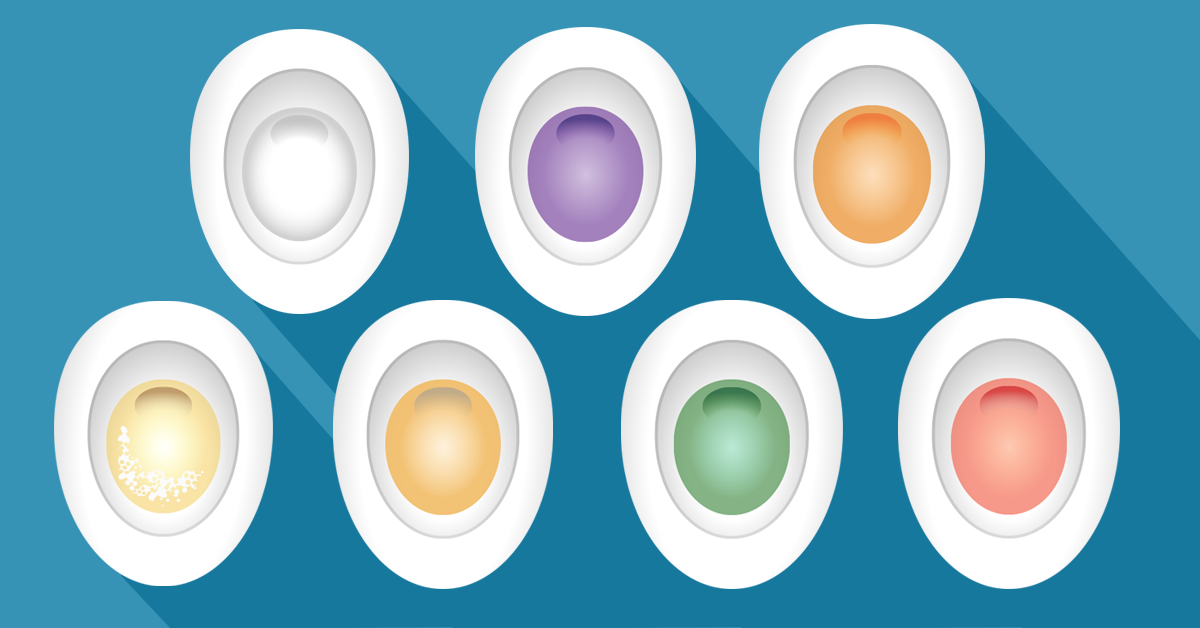Everyone pees. Literally everyone. But how many people actually take the time to look at their pee before flushing it down the toilet? Sure, it may seem gross, but it could lend some information regarding your health which is always important.
This is what your pee color is trying to tell you...it's probably best to listen up.
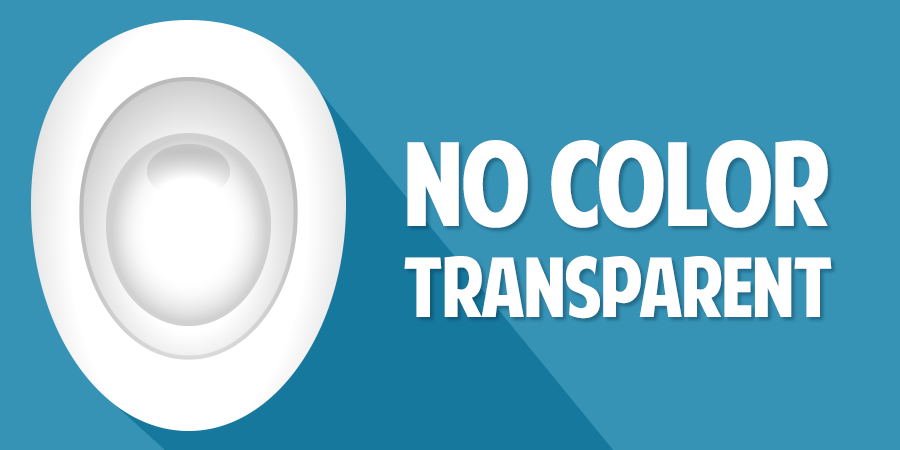
If your urine is clear, you're probably drinking a lot of water. However, be careful not to overdo it. Cut back a little bit on the water so you don't over-hydrate. There's a rumor that you want your pee to be clear, but that's actually not the case.
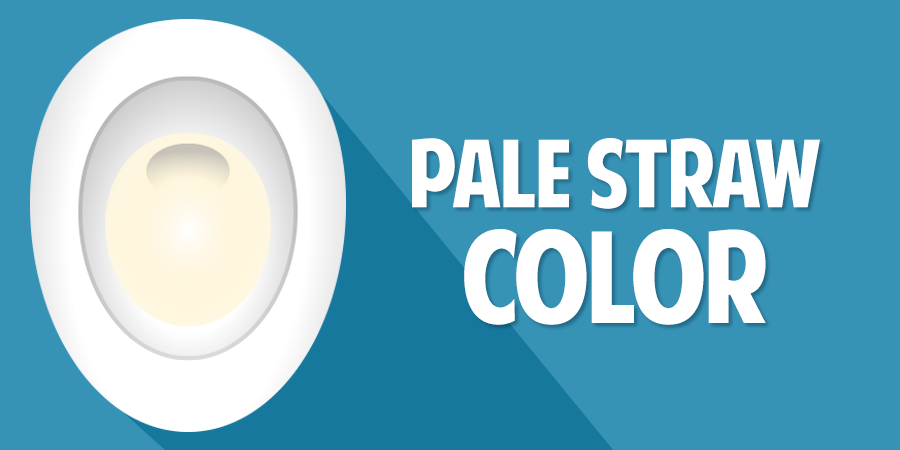
This is what you want your pee to look like! A pale straw color means you are well-hydrated, normal, and most likely do not have any major health issues (at least involving your liver or kidneys.)

This represents a normal pee color.
It's when your pee stops being yellow that you should worry.
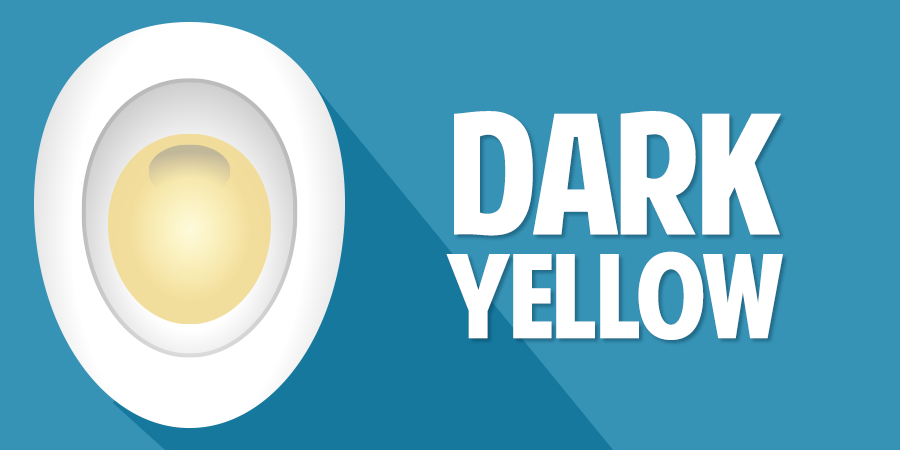
This still classifies as a normal pee color, but you probably want to drink some water soon! It's recommended that average adults drink 1.9 liters (or 8 cups) of water in a day.

You aren't hydrated and you need to drink some water immediately. Once your pee goes any darker than this, think a syrup color or brown ale, you are severely dehydrated. If this persists, see a doctor.
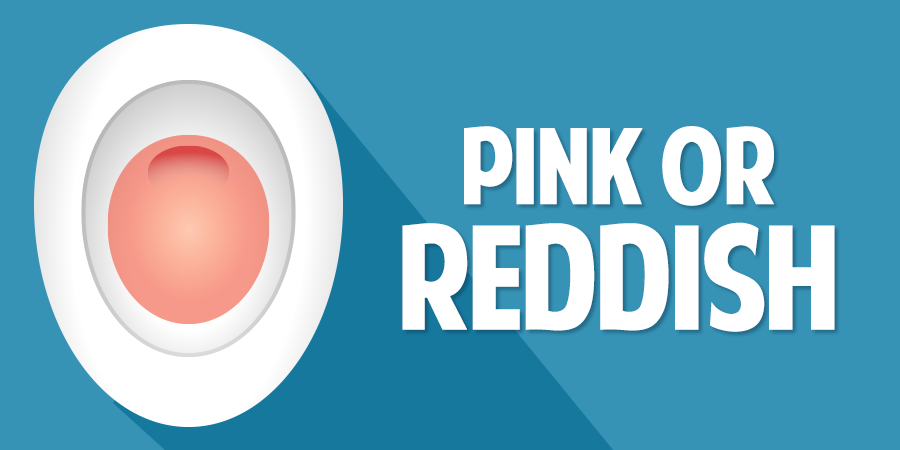
It could be something as harmless as having eaten beets, rhubarb, or blueberries recently, but pink/reddish urine can also mean blood. It could be a sign of kidney disease, tumors, UTIs, prostate problems, or even lead or mercury poisoning. See your doctor immediately.

This could be severe dehydration, or it could mean you have a liver or bile duct condition. It's in your best interest to contact your doctor.
Now, blue urine is something you don't often see.
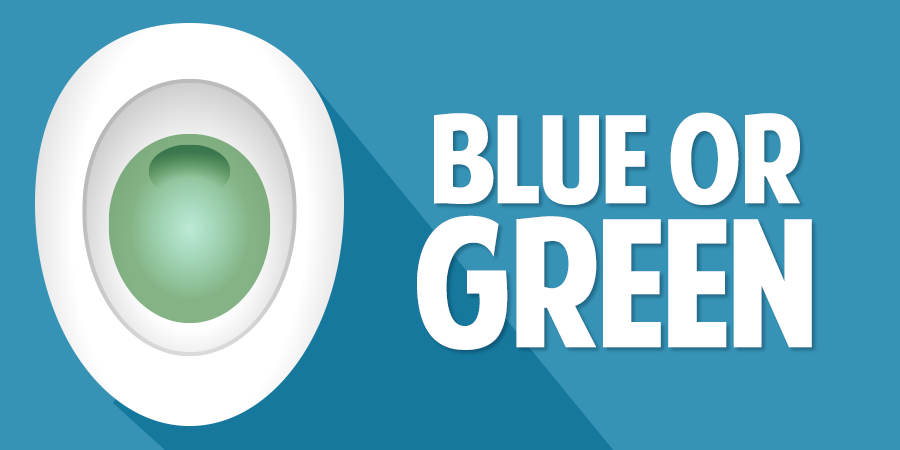
It's not as scary as it sounds! Green or blue urine is most commonly from food dye in something you ate. However, if it persists it could be an infection or an extremely rare genetic disease. If it doesn't go away, contact your doctor.

Are you sure that's what you saw? Purple pee doesn't exist, except in some cases when someone with a catheter also has a urinary tract infection. It typically occurs in elderly women.
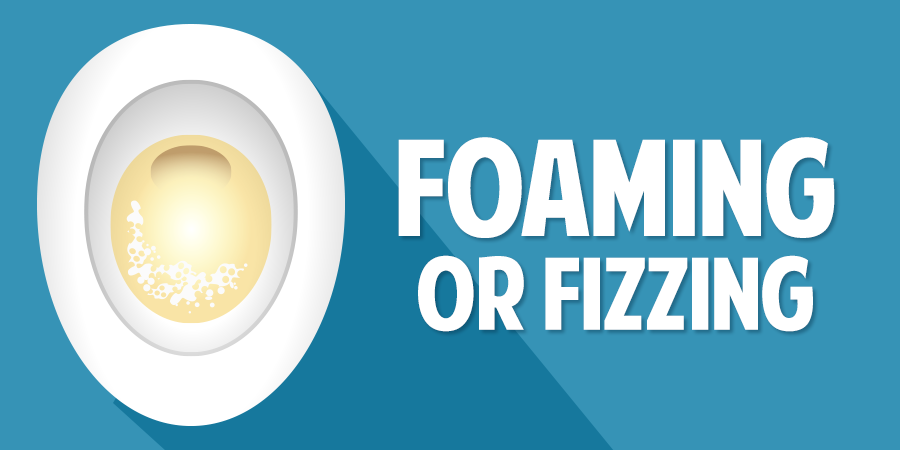
If it only happens once in a while, foaming urine generally indicated a harmless hydraulic effect. However, if foaming urine is constantly occurring, it could indicate too much protein in your diet or even a kidney problem. Contact your doctor if it persists.
It's important to remember that many things can affect your urine on a daily basis. Medications, food, and laxatives can all change the color of your urine.
It's also important to remember that these are small indicators towards what could be larger problems. Higher sugar levels in your urine can mean diabetes, but that cannot be diagnosed through the color of your urine. Trust your body's instincts and contact your doctor if something feels off.
